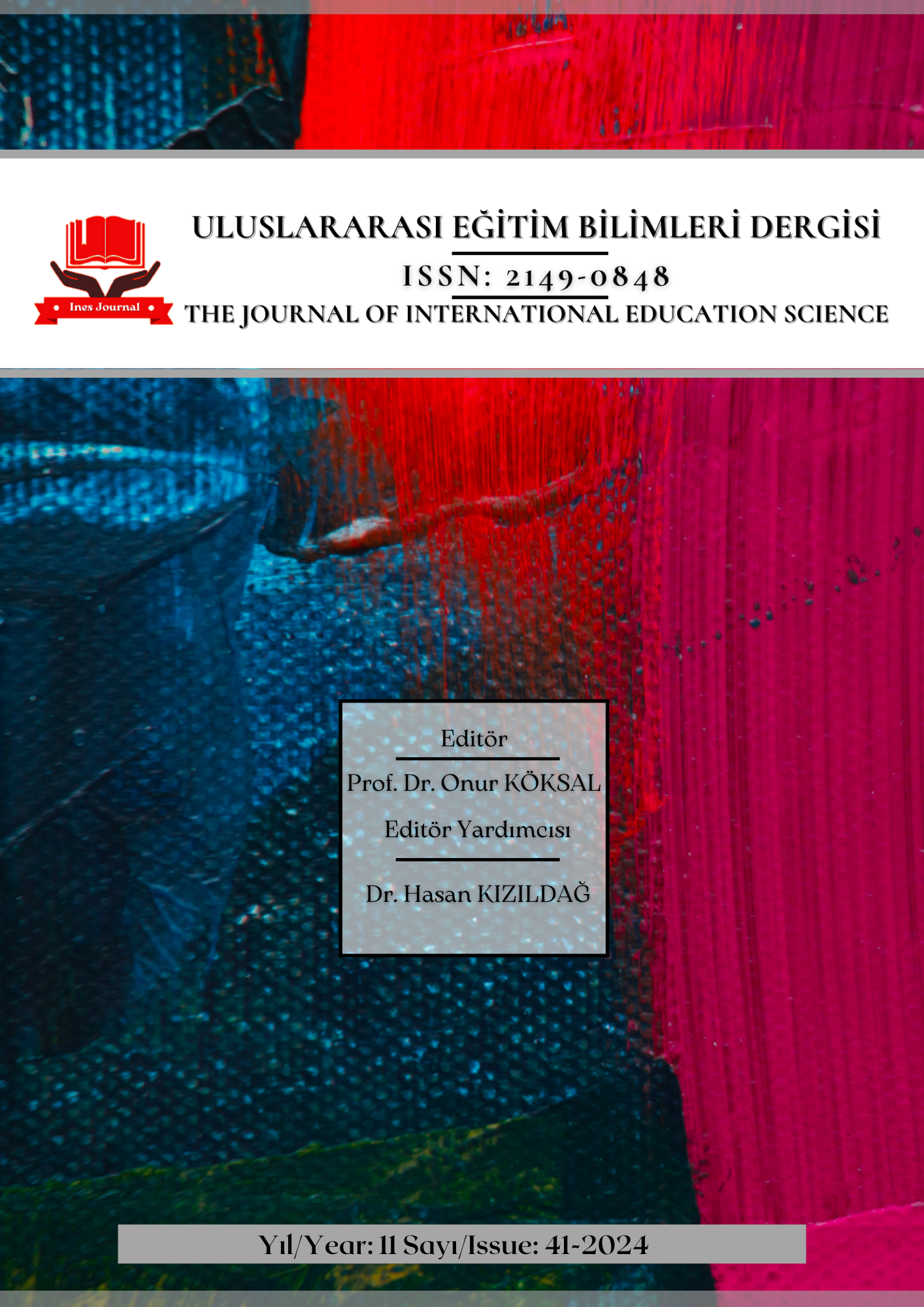Author :
Abstract
Öğretim tasarımı ile eğitimin niteliğinin ve öğrenme öğretme sürecinin verimliliğinin arttırılması hedeflenir. Bu araştırmanın amacı ASSURE öğretim tasarımı modelinin sosyal bilgiler eğitiminde kullanımının akademik başarı ve kalıcılık üzerindeki etkisini incelemek ve yapılan uygulamaları öğrenci görüşlerine göre değerlendirmektir. Araştırmada tek grup ön test- son test deneysel desen kullanılmıştır. Deneysel işlem süreci başarı testinin ön-test olarak uygulanması ile başlamıştır. ASSURE öğretim tasarım modeli uygulamasının ardından başarı testi son-test, olarak uygulanmış ve sonrasında öğrenciler ile odak grup görüşmesi yapılmıştır. Deneysel işlemin tamamlanmasından altı hafta sonra ise kalıcılık testi uygulanmıştır. Araştırmada ön test – son test başarı puanları ile son test- kalıcılık testi başarı puanları Wilcoxon İşaretli Sıralar Testi ile analiz edilmiştir. Odak grup görüşmelerinden elde edilen veri ise içerik analiz ile çözümlenmiştir. Nicel veri analizi sonucunda ön test ve son test başarı puanları arasında son test lehine istatiksel olarak anlamlı fark olduğu, son test ve kalıcılık testi başarı puanları arasında ise anlamlı fark olmadığı tespit edilmiştir. Odak grup görüşmesi sonucunda; öğrenciler ASSURE modeli ile tasarlanan uygulamaların, ilgi çekici olduğunu, öğrenmeyi kolaylaştırdığını ve gruplar arası etkileşimi sağladığını ifade etmişlerdir. ASSURE öğretim tasarım modeline göre yapılan bu çalışmanın sonuçları, modelin sosyal bilgiler dersinde kalıcı öğrenmeler gerçekleşmesine katkı sağladığını, öğrenme- öğretme sürecinin verimliliğini arttırdığını göstermektedir.
Keywords
Abstract
Instructional design aims to increase the quality of education and the efficiency of the learning and teaching process and to use resources effectively. The aim of this study is to examine the effect of using ASSURE instructional design model in social studies education on academic achievement and retention and to evaluate the applications based on the model according to students' opinions. One group pre test-post test experimental design was used in the study. The experimental process started with the application of the achievement test as a pre-test. After the ASSURE instructional design model implementation, the achievement test was applied as a post-test and then a focus group interview was conducted with the students. Six weeks after the completion of the experimental process, the retention test was applied. In the study, pre-test- post-test achievement scores and post-test - retention test achievement scores were analysed by Wilcoxon Signed Rank Test. The data obtained from focus group interviews were analysed by content analysis. As a result of the quantitative data analysis, it was determined that there was a statistically significant difference between the pre-test and post-test achievement scores in favour of the post-test, while there was no significant difference between the post-test and retention test achievement scores. The results of this study conducted according to the ASSURE instructional design model show that the model contributes to the permanent learning and increases the efficiency of the learning-teaching process.





